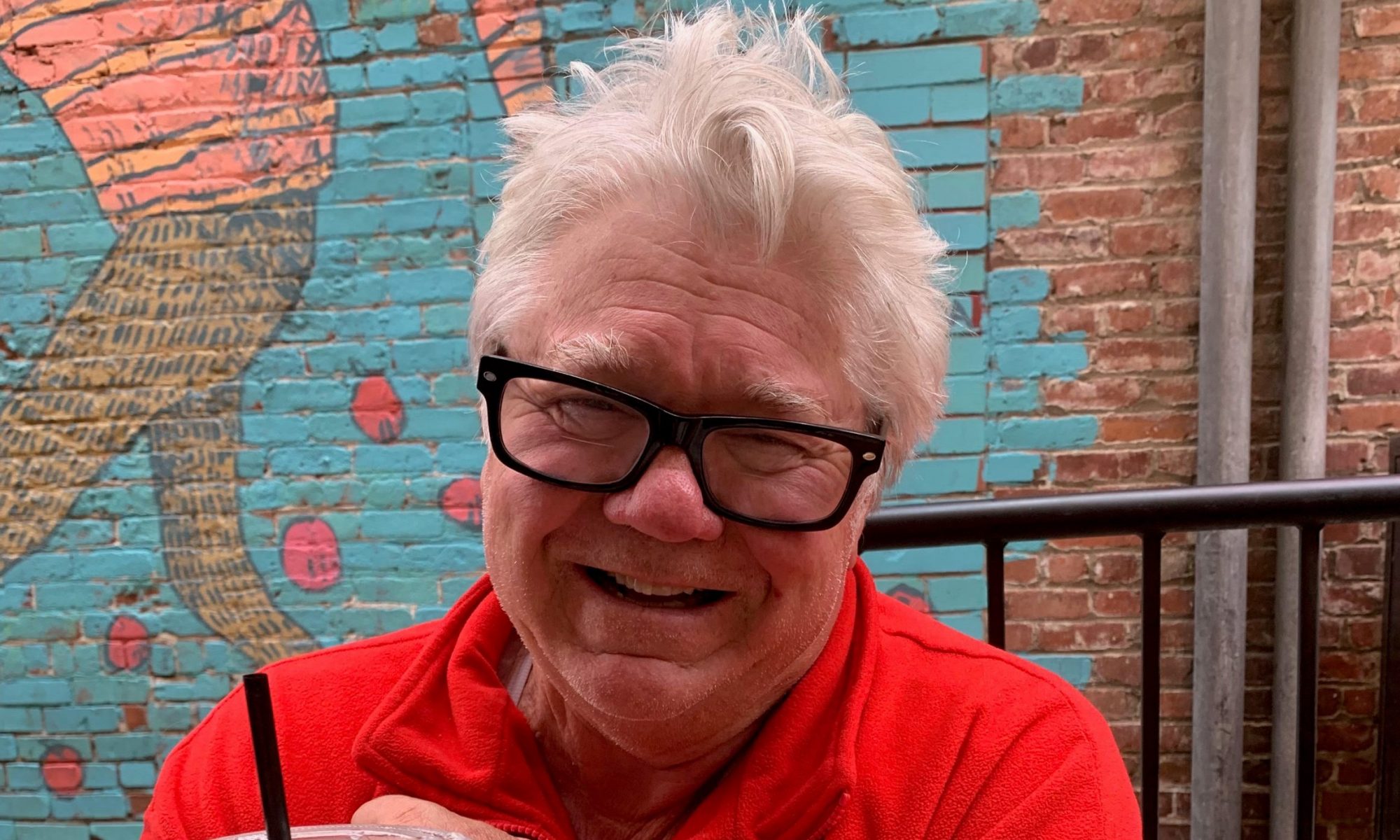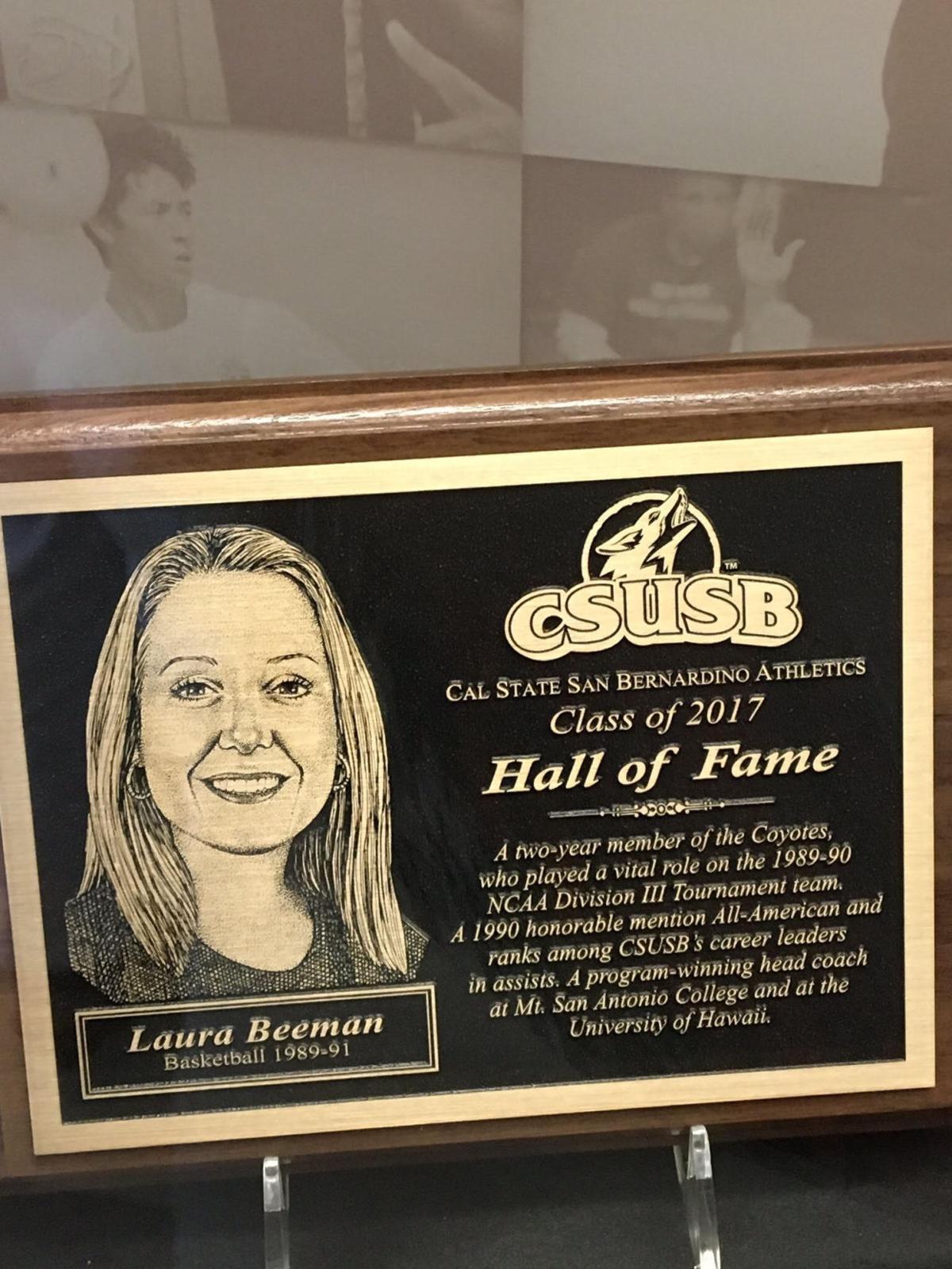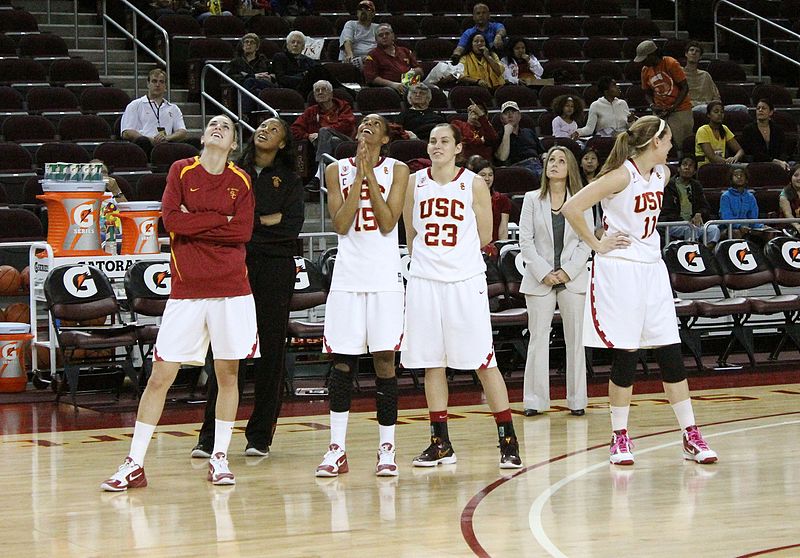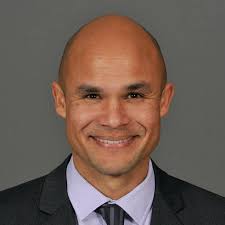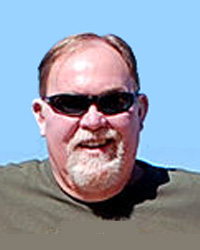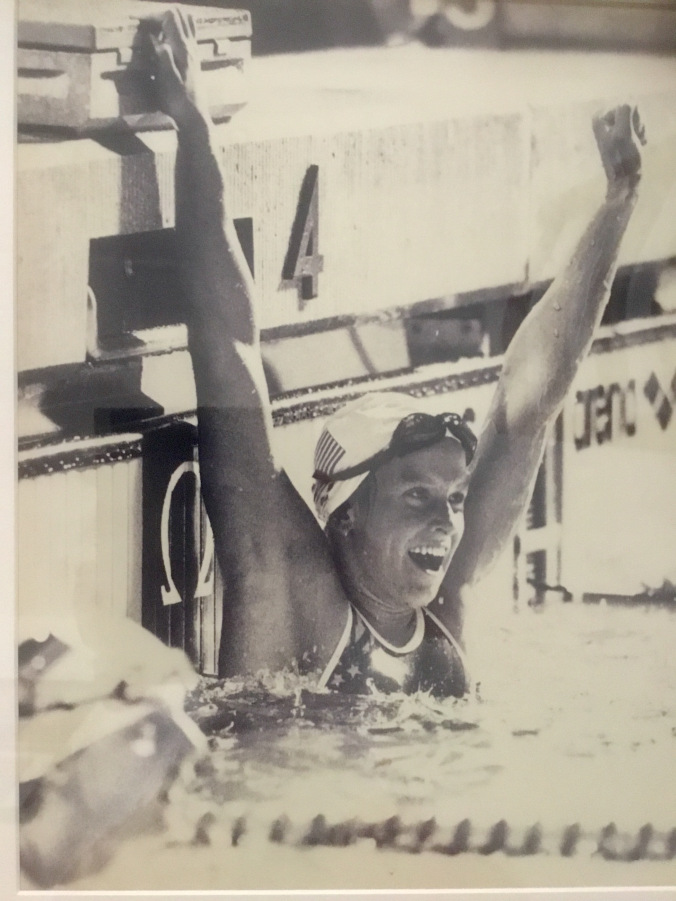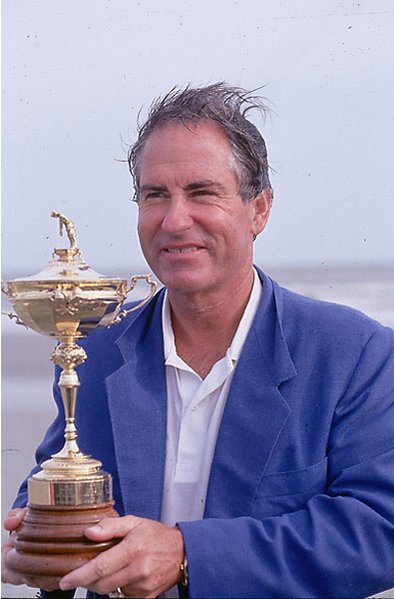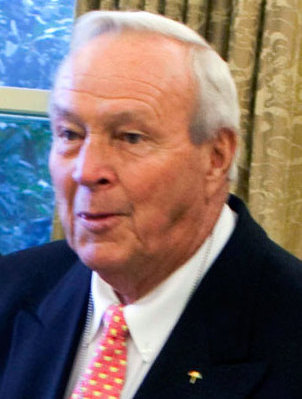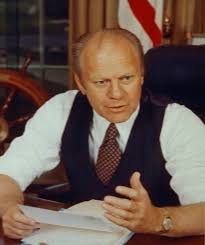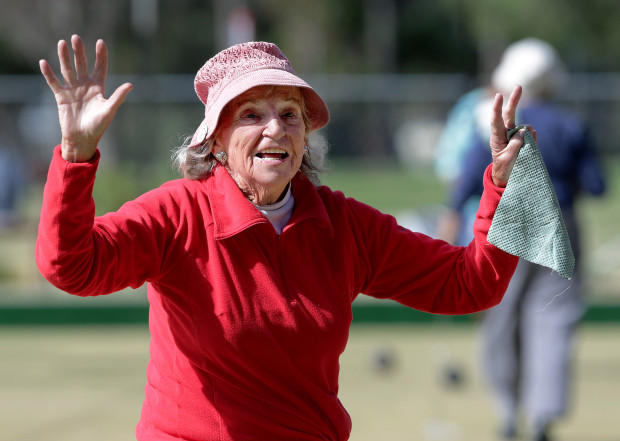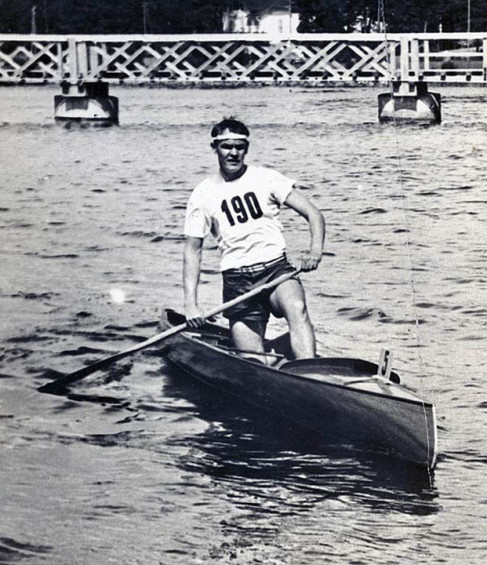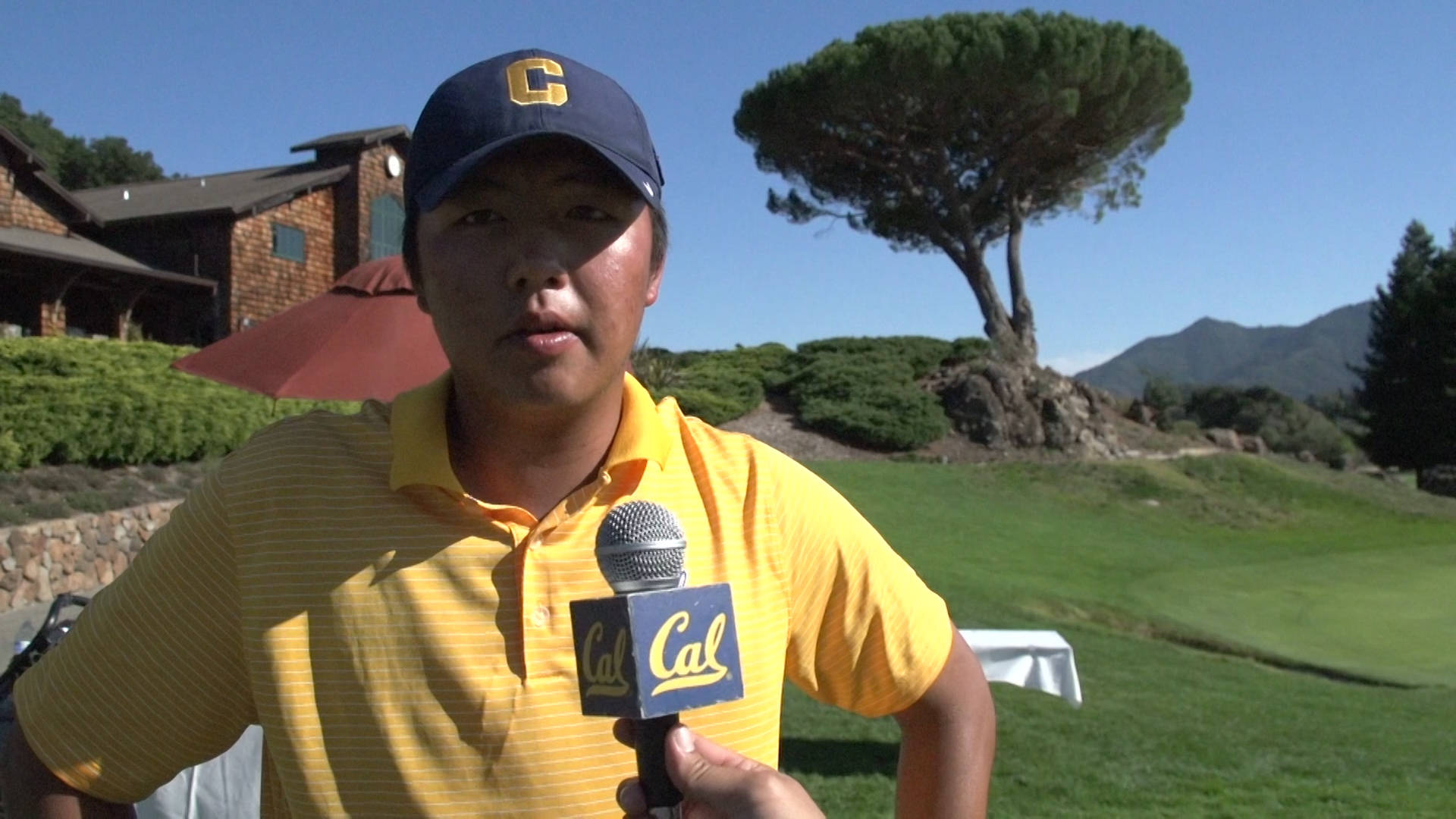A Redlands Connection is a concoction of sports memories emanating from a city that once numbered less than 20,000 people. From the Super Bowl to the World Series, from the World Cup to golf’s U.S. Open, plus NCAA Final Four connections, Tour de France cycling, major tennis, NBA and a little NHL, aquatics and quite a bit more, the sparkling little city that sits around halfway between Los Angeles and Palm Springs on Interstate 10 has its share of sports connections. – Obrey Brown
Villanova University basketball coach Jay Wright seemed perfectly content to discuss why the Wildcats were playing at Redlands – a major college program with full-ride athletic scholarships against a small-college team that isn’t allowed to offer athletic scholarships.
As open-minded as anyone, Wright spoke openly and honestly about the Wildcats’ trip to Redlands. Nineteen years later, Wright is still coaching the Wildcats. Villanova has since won two NCAA championships (2016, 2018). This past Sunday, Villanova outlasted Ohio State in lifting itself to a 2022 Sweet 16 spot.

Philadelphia-based Villanova University, way back in November 2003, showed up to play a 10 a.m. Saturday matchup at Currier Gymnasium. It’s the home court of the University of Redlands.
In a rarely-seen duel between a major-college, athletic scholarship-backed program against a small-college, non-athletic scholarship team, Villanova beat the Bulldogs in that showdown. But it was close and memorable. That game had since taken on additional significance. Four of the Wildcats’ starting five played prominent roles in that game at Currier Gymnasium.
The Wildcats, who would be the No. 1 seed one season later at the Minneapolis Region (eventually losing to fabled North Carolina in the Sweet 16), seemingly had a strong shot at a national championship. It was a far cry from that Nov. 22, 2003 showdown at Redlands.
For a Redlands-Villanova game to have taken place at all was an unlikely scenario.
“It was,” said Bulldog senior Carson Sofro, then a sophomore, “the craziest, most memorable time I’ve ever had in basketball.”
“That was my first college game,” said Amir Mazarei, who scored 15 against Villanova, third highest among the Bulldogs. “I didn’t know what to expect going in.”
“I’ve played in a few big games,” said Bulldog player Donald Brady, “and I’ve been to The (Anaheim) Pond (site of high school’s championship games). But nothing compared to playing Villanova.”
Adding to the flavor was major media coverage – TV, radio and large daily newspapers.
“We brought eight kids,” Wright told me that day. “Five are on scholarship. The other three are walk-ons (non-scholarship players).”
At Redlands, every Bulldog player is a “walk-on.” There are no athletic scholarships.
Yes, it was a game completely out of the ordinary, a middle-of-the-road small college team taking on a powerful presence in college basketball.
For visiting Villanova, it was a glance at small college basketball. Mazerai himself noted that Redlands plays in a 1,100-seat gymnasium – “nowhere close” to the 10,000-plus seat arenas that normally house Wildcat games.
For Redlands, it was a chance to rub elbows against a major college, Big East Conference program.
“They needed to dial up a win,” said Gary Smith, Redlands’ coach through 2007. “Originally, they were going to play Claremont (one of Redlands’ SCIAC rivals) on Friday and then us the next day. But Temple was on their schedule and they forced Villanova to play that game. Claremont got aced out of a chance to play them.”
The game had come about due to a strange set of circumstances. Some Villanova players had unauthorized use of a telephone, making calls that were deemed “extra benefits” by an NCAA ruling. Sanctions were imposed. Some players had been suspended for six games. The school chose to take those suspensions over a six-game stretch – the final three of 2002-2003 and the first three games to start 2003-2004.
Wright spoke to me as if we were old friends – charming, personable, honest, you name it. If there’d been classes for dealing with the media, he’d probably get an A-plus.
“They had asked us to bring a representative team to Maui,” said Wright, meaning a competitive team to that season-opening tournament in the islands. “A lot of our alumni and boosters had bought tickets to that. It was up to us to field a decent team.
“All because of the phone issue.”
In order to carry its full roster in Maui, Villanova needed to get rid of that six-game sanction and clear its suspended players.
When Villanova’s undermanned roster blasted Temple in a late Thursday night game back east, it seemed as if Redlands might be in for a worse beating early on Saturday.

“A Big East team, of all things,” said Smith, who coached Redlands over a thousand games between 1971 and 2007. “For them to be (competitive) in the game (against Temple), I think, was just amazing.”
Smith, said Sofro, “had warned us we could blown out of the gym.”
They played at Currier Gymnasium on Nov. 22, 2003. It was, said Smith, “the first time we’d ever played a D-1 (Division 1) school in our gym.”
Nineteen years later, Villanova’s still the only D-1 team to show up and play Redlands.
Part 2 to follow.
